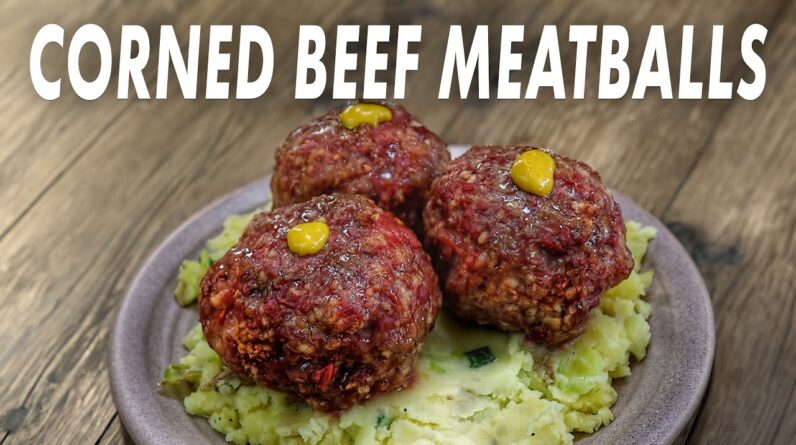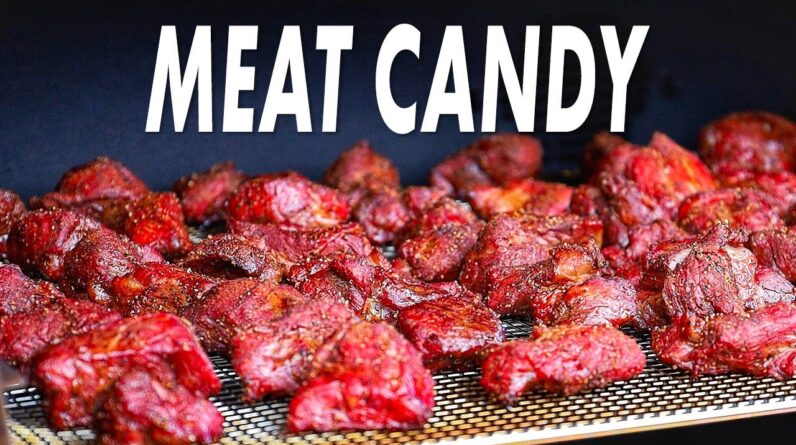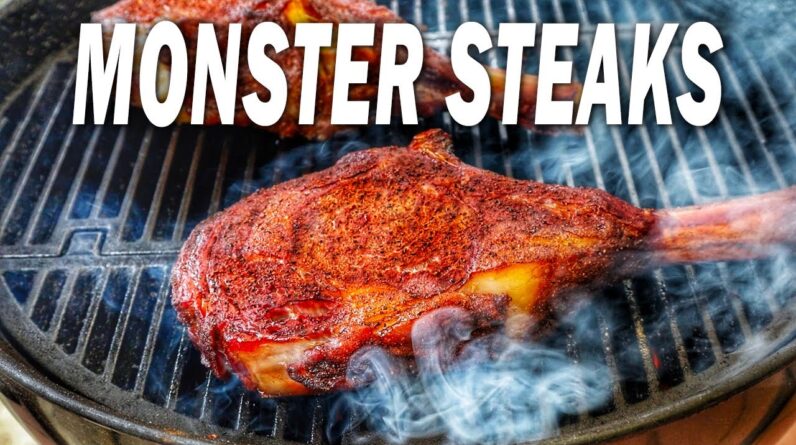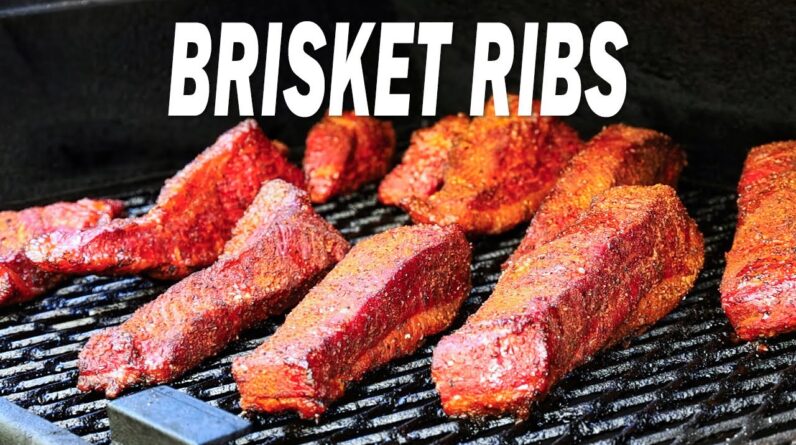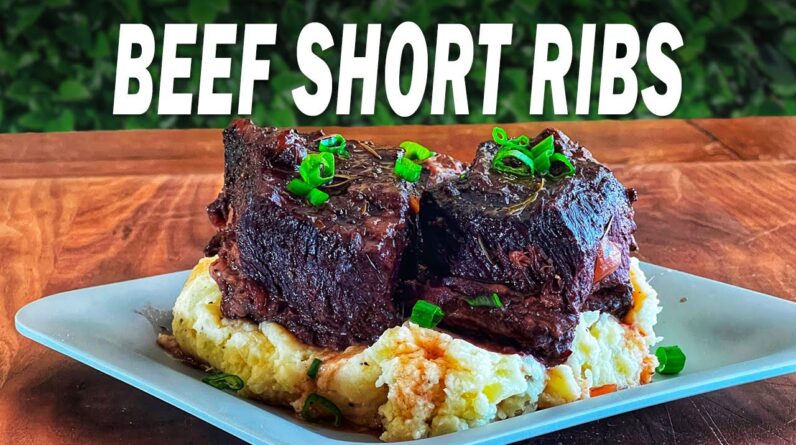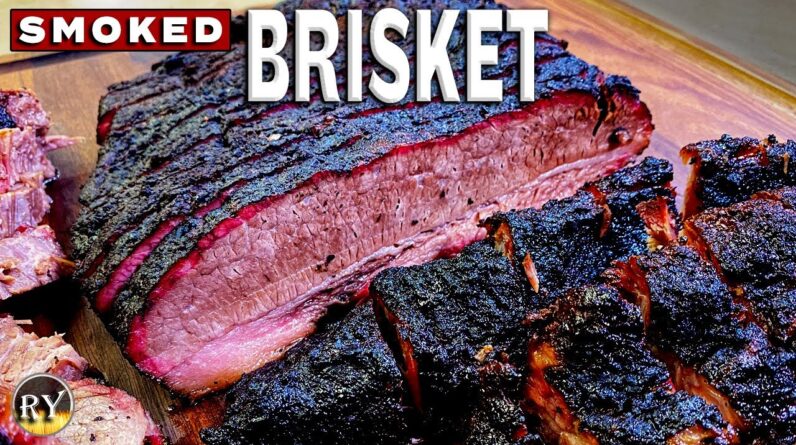
Get ready to tantalize your taste buds with our mouthwatering recipe for smoked brisket on the Hunsaker Vortex Drum Smoker! This powerful and versatile smoker delivers unbeatable flavor and tenderness to your favorite cuts of meat, and we’ve got the perfect recipe to help you fully enjoy its capabilities. Follow our step-by-step instructions to achieve a perfect balance of smoky sweetness and rich meaty goodness in every bite of this delicious brisket. Whether you’re a seasoned pitmaster or a novice cook, our recipe is sure to impress your family and friends with its irresistible taste and aroma. So, fire up your smoker and get ready for some seriously delicious barbecue!
Introduction:
There’s nothing quite like the smell of smoked brisket wafting through the air. It’s a classic dish that many people love to prepare and enjoy. And when it comes to smoking brisket, there are several tools and methods available. The Hunsaker Vortex Drum Smoker is one such tool that many people swear by. So, in this article, we’ll take a look at how to smoke a truly mouthwatering brisket on the Hunsaker Vortex Drum Smoker.
Getting Started:
To start with, you’ll need a 15-pound brisket. Once you have that, it’s time to prepare the brisket. Trim off the excess fat and apply seasoning to your liking. You can use any seasoning you prefer, but for this recipe, we’ll be using a Coffee Cocoa Rub. This seasoning is made with brown sugar, coffee, cocoa, salt, pepper, smoked paprika, and chili powder. It provides a delicious balance of flavors that complement the smoky flavor of the brisket.
Cooking the Brisket:
Once the brisket is seasoned, it’s time to get the smoker ready. Fill the smoker with hickory wood, and set the temperature to 275 to 300 degrees Fahrenheit. Place the brisket on the smoker, fat side down, and close the lid. The Hunsaker Vortex Drum Smoker is designed to circulate the smoke and heat efficiently, ensuring that the brisket cooks evenly.
As the brisket cooks, make sure to monitor the temperature using the included thermometer. When the internal temperature of the brisket reaches around 160 degrees Fahrenheit, it’s time to wrap it in butcher paper. This step helps to keep the brisket moist and tender, ensuring it doesn’t dry out during the rest of the cooking process.
To add moisture to the chamber, place a water/drip pan on the lower rack of the smoker. This will help to keep the smoke and heat circulating throughout the chamber, ensuring that the brisket cooks evenly.
Once the internal temperature of the brisket reaches around 200 degrees Fahrenheit, it’s done cooking. At this point, you can remove it from the smoker, unwrap it from the butcher paper, and let it rest for about 30 minutes. This allows the juices to redistribute throughout the brisket, making it even more tender.
Conclusion:
Smoked brisket is a classic and delicious dish that can be enjoyed by many. The Hunsaker Vortex Drum Smoker is just one tool that can be used to prepare a mouthwatering brisket. Remember to trim off the excess fat, apply your favorite seasoning, and monitor the temperature throughout the cooking process. By following these steps, you’ll be able to prepare a truly delicious brisket that your friends and family will love.
FAQs:
-
Where can I find the Hunsaker Vortex Drum Smoker?
You can buy the Hunsaker Vortex Drum Smoker on the Hunsaker Smokers website. -
What type of wood should I use when smoking brisket?
Hickory wood is a great choice as it provides a strong smoky flavor that complements the brisket. -
How long should I let the brisket rest after it’s done cooking?
Letting the brisket rest for about 30 minutes allows the juices to redistribute throughout the meat and makes it even more tender. -
Can I use a different seasoning for my brisket?
Yes, you can use any seasoning you like. Experiment with different flavors to find your favorite. -
How do I know when my brisket is done cooking?
When the internal temperature of the brisket reaches around 200 degrees Fahrenheit, it’s done cooking. Use a thermometer to monitor the temperature throughout the cooking process.


